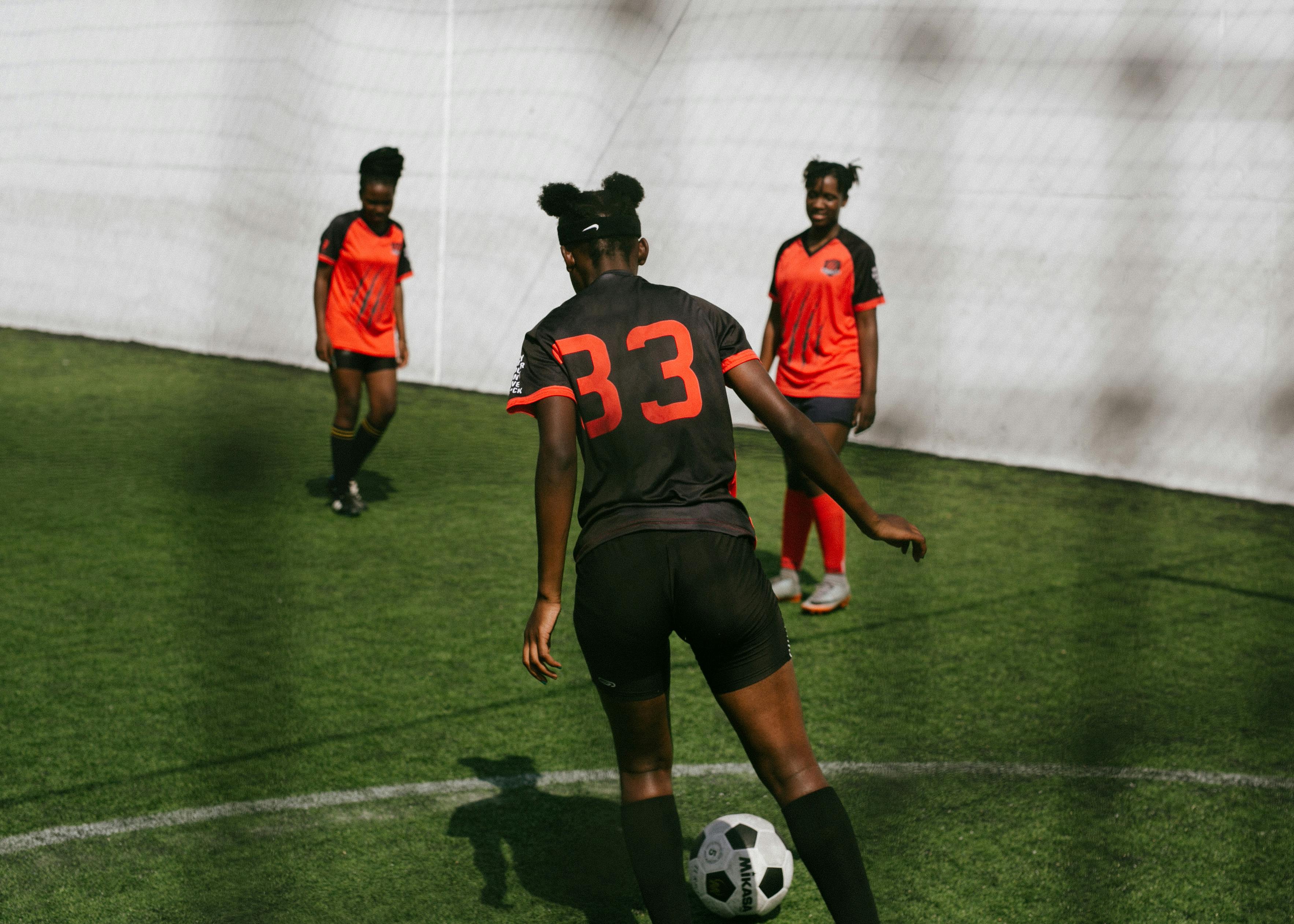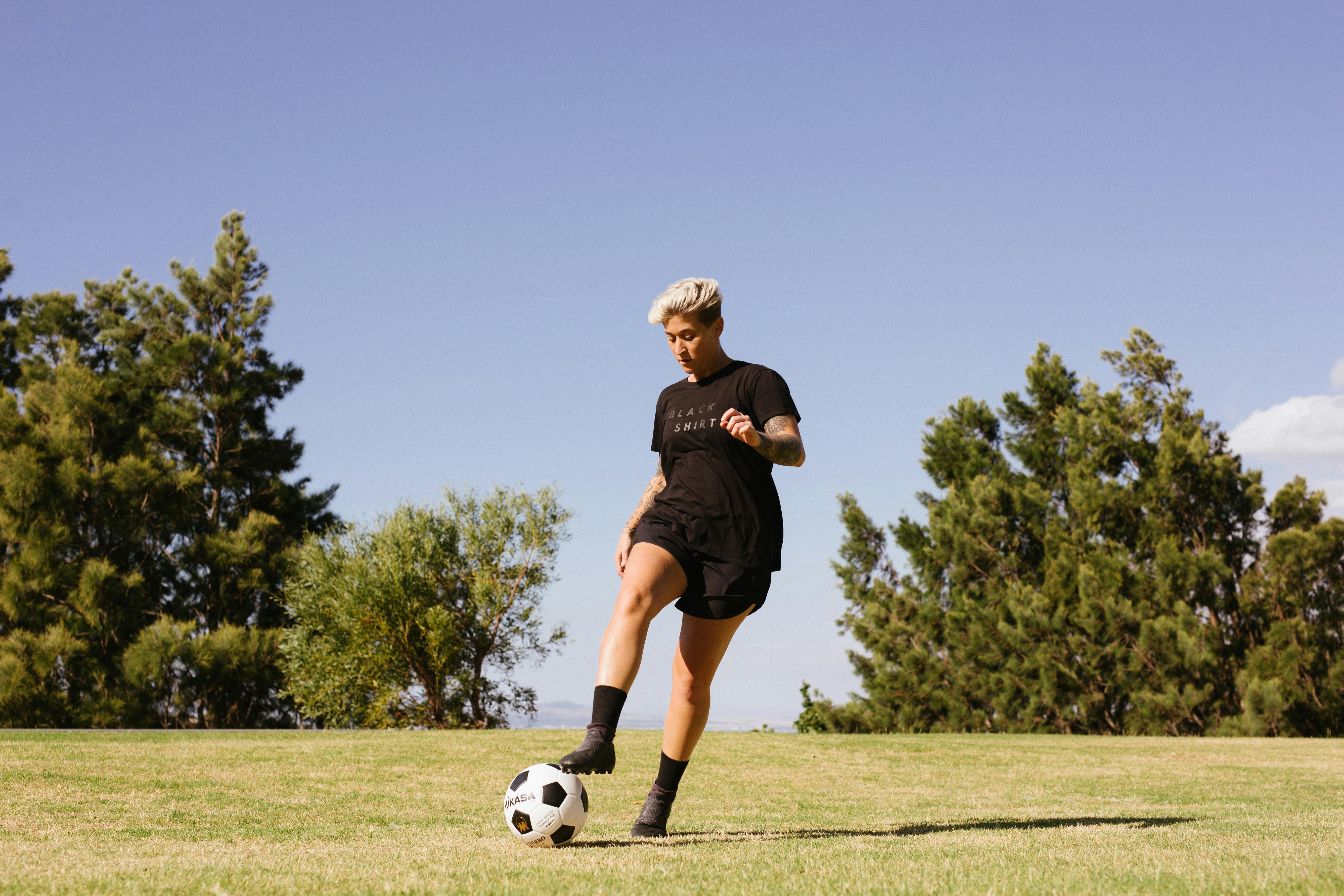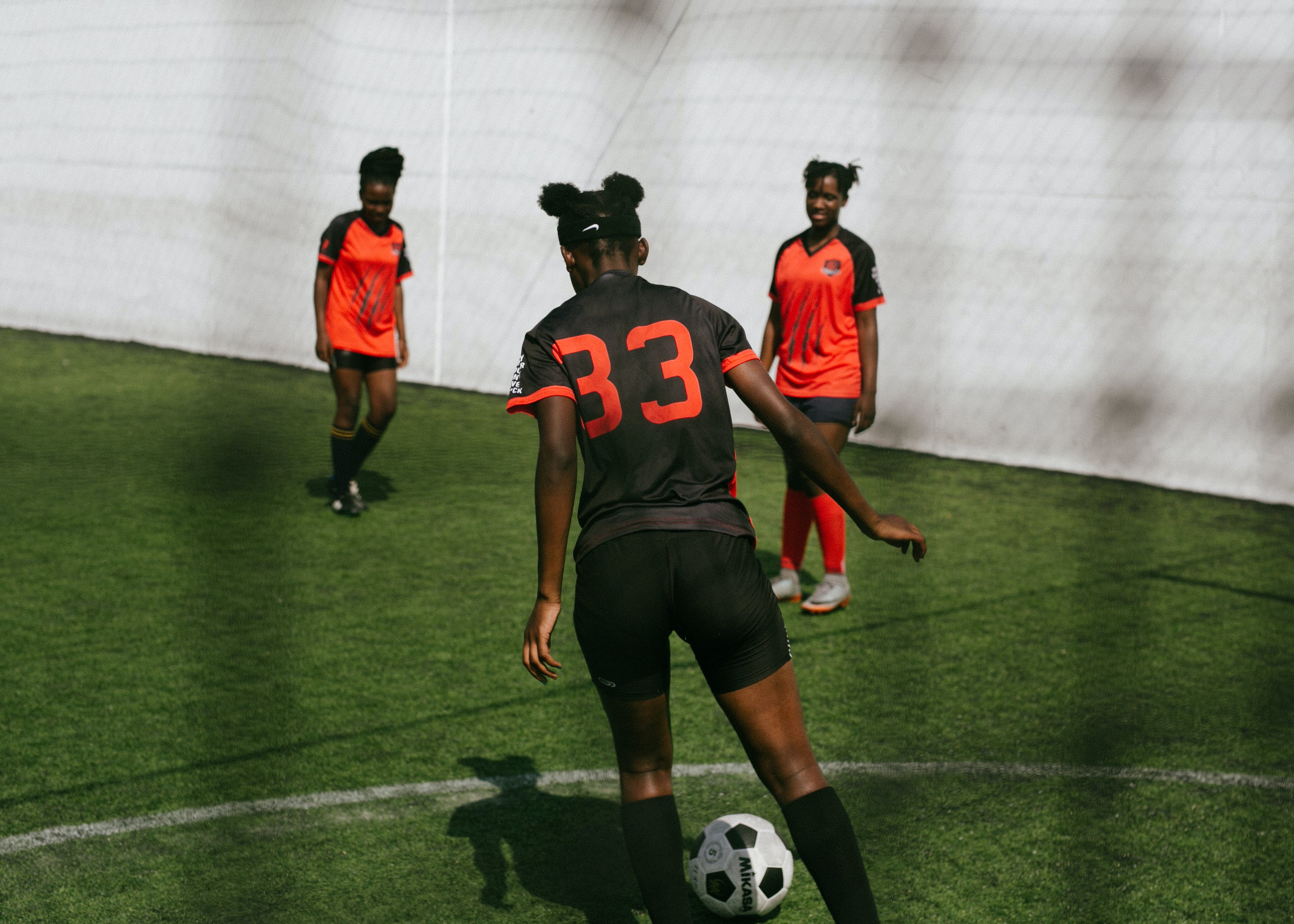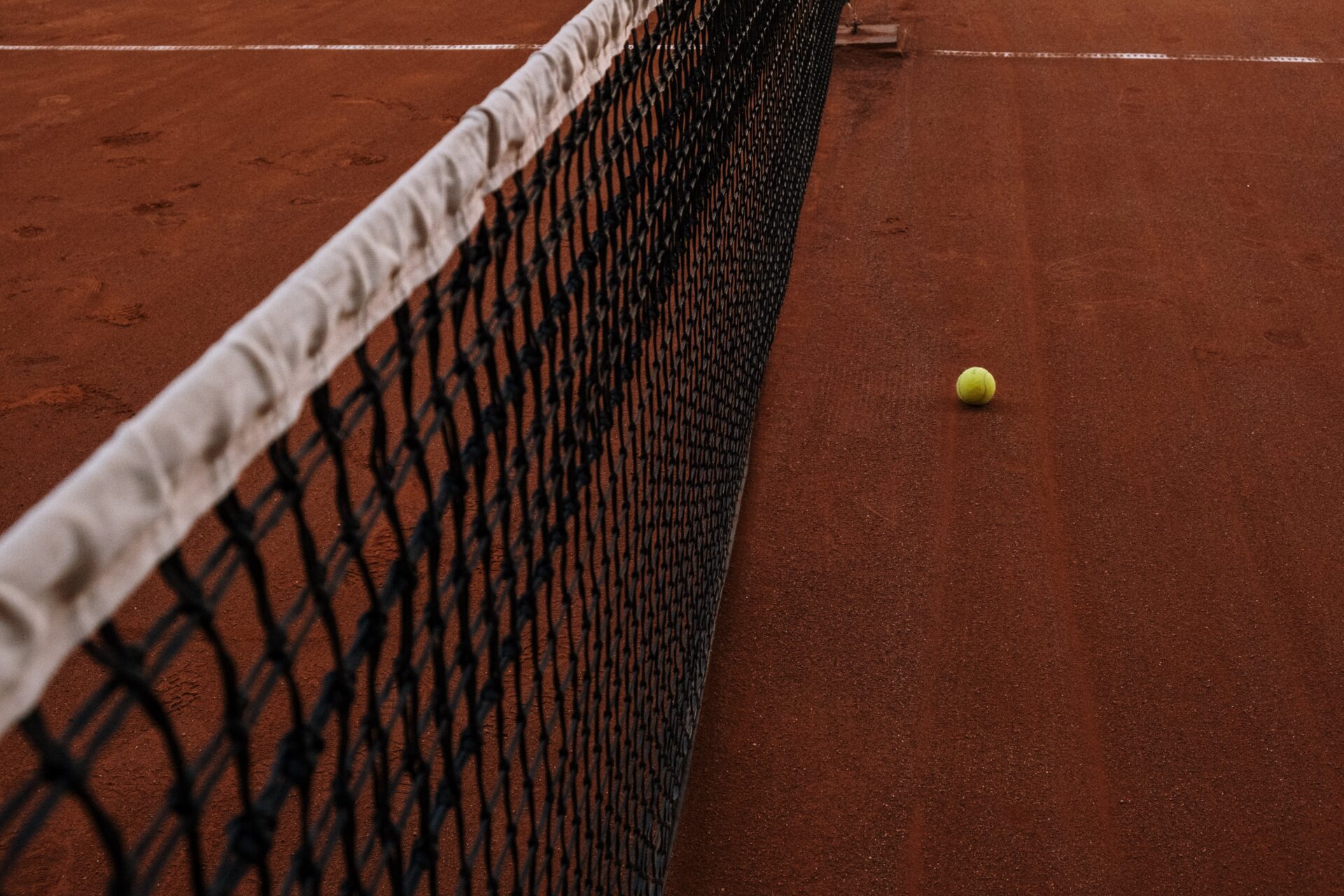Professional soccer players use a size 5 ball for all sanctioned matches. This size of ball is the official FIFA-approved ball for international and professional play. It is also the most commonly used size of ball for recreation, training, and practice sessions. Size 5 soccer balls measure 27 to 28 inches in diameter and weigh around 410 to 450 grams.Professional soccer players use a size 5 ball.
International Soccer Ball Sizes
Soccer balls come in a range of sizes, depending on the level of play and age group. The international standard for soccer ball sizes is set by FIFA (Fédération Internationale de Football Association) and is based on circumference, weight, and pressure. The official size for match or competition soccer balls is size 5. This size is used in all international competitions including the World Cup.
Size 5 is also used by adults playing in recreational leagues or pickup games. Size 4 is used primarily by youth ages 12 and under, while size 3 and below are usually reserved for younger children playing in organized leagues. Size 5 soccer balls are typically between 25 and 27 inches in circumference, weigh 14-16 ounces, and have a pressure between 8.5-15.6 psi (pounds per square inch).
Size 4 soccer balls are usually 23-24 inches in circumference, weigh 12-13 ounces with a pressure between 8.5-15 psi. Size 3 soccer balls are typically 22-23 inches in circumference, weigh 10-12 ounces with a pressure between 8.5-13 psi.
In addition to traditional leather soccer balls there are also synthetic models available that provide improved durability and better performance in wet weather conditions due to their moisture resistant properties. Synthetic soccer balls typically have a lower price point than leather models which makes them popular among recreational players who may not want to invest as much money into their equipment.
Regardless of which type of ball you choose it’s important to make sure you select the right size for your age group or level of play so that you can get the most out of your game experience!
Official FIFA Soccer Ball Sizes
FIFA, the world’s governing body of soccer, has set a standard for the size of soccer balls. This standard is necessary to ensure a fair and enjoyable game for all players. The size and weight of the ball are two key factors that influence how the ball behaves during the game. To ensure a consistent experience for all players, FIFA has established official sizes for a soccer ball.
The official size and weight of a FIFA-approved soccer ball must meet certain criteria. A regulation ball must measure between 27 and 28 inches in circumference, weigh between 14 and 16 ounces, and have an air pressure of 0.6 to 1.1 bars at sea level. The surface of the soccer ball must also be constructed from leather or other suitable material approved by FIFA.
In addition to regulation soccer balls, there are also junior size balls available for younger players. These junior size balls measure between 25 and 26 inches in circumference, weigh between 11 and 13 ounces, and have an air pressure between 0.4 and 0.8 bars at sea level. Junior balls are designed with young players in mind to give them the opportunity to gain confidence in their skills while playing with an appropriately sized soccer ball.
FIFA also regulates the materials used in manufacturing soccer balls. All materials must be approved by FIFA before they can be used to construct a regulation ball or junior ball. This ensures that all approved balls perform consistently no matter where they are used or who is playing with them.
To ensure that all standards are met, all official match balls must be tested by FIFA prior to use on the field during a match or tournament. This ensures that every player has access to quality equipment that meets regulation standards so they can enjoy a safe and fair game of soccer no matter where they are playing.
By setting these standards for both regulation-size and junior-size soccer balls, FIFA ensures that players around the world have access to quality equipment that meets its safety requirements while still providing an enjoyable game experience for all participants.
Size
The size of a professional soccer ball should be suitable for the age of the players. For example, a size 4 ball should be used for players aged 8 and under, while a size 5 is more suitable for players aged 13 and over. The circumference of a professional soccer ball should measure between 68 cm and 70 cm.
Materials
The material of a professional soccer ball should be able to withstand wear and tear as well as provide good grip when in play. A high quality soccer ball should be made of synthetic leather or other durable material that can hold up against the rigors of the sport. The stitching on the soccer ball should be strong and secure, ensuring that the panels remain in place during play.
Weight
The weight of a professional soccer ball can vary depending on its size and materials used. Generally speaking, a size 5 soccer ball should weigh between 410 g and 450 g when inflated to the correct pressure level. This weight range is ideal for providing optimum performance during game play.
Pressure
A professional soccer ball should be inflated to its appropriate pressure level to ensure it performs at its best during game play. The ideal air pressure level for a size 5 soccer ball is 0.6 – 0.8 bar (8 – 11 psi). Inflating or deflating the pressure too much can affect the shape, weight and bounce of the soccer ball during game play.
Durability
A professional soccer ball must also have good durability to ensure it can withstand frequent use in an active environment such as on field or court surfaces. A good quality synthetic leather material will provide excellent durability against wear and tear over time. Furthermore, it is important to check that all parts of the soccer ball are securely attached so that they do not become loose or damaged during game play.
Professional Club Soccer Ball Sizes
The size of a soccer ball used in professional club matches is determined by the governing body of the sport. According to FIFA regulations, all balls used in professional matches should be between 27 inches and 28 inches in circumference. The weight of the ball should not exceed 16 ounces, and it should have a pressure of 8.5 to 15.6 psi when fully inflated. The ball must also have a rubber bladder to ensure that it retains its shape during play. The outer casing should be made from leather or another suitable material that provides adequate grip for players.
In addition to the standard size for professional matches, there are also special sizes used for different age groups and levels of play. For example, balls used in youth leagues are typically smaller than those used in professional matches, with a circumference ranging from 25 inches to 27 inches. Balls for mini-soccer are even smaller, with circumferences ranging from 22 inches to 24 inches.
The size of the ball can also be determined by the level of competition in which it is being used. For instance, balls used in international tournaments such as the World Cup must meet specific criteria set forth by FIFA. These balls often feature special designs and materials that are designed to provide an optimal playing experience for both teams involved in the match.
Overall, the size and material of a soccer ball can vary depending on its intended use and level of competition. It is important for players to understand these differences so they can choose a ball that suits their needs best and provides them with an enjoyable playing experience.

Professional Leagues and Respective Ball Sizes
Sports balls come in a variety of sizes, depending on the league and level of play. Professional leagues require specific ball sizes for their athletes. Here is an overview of the different professional leagues and the respective ball sizes they use.
National Basketball Association (NBA)
The NBA uses a spalding basketball that measures 29.5 inches in circumference and weighs 22 ounces. The official game ball must be marked with the official NBA logo, which must measure no smaller than 1/4 inch across.
Women’s National Basketball Association (WNBA)
The WNBA uses the same size basketball as the NBA – a Spalding basketball that measures 29.5 inches in circumference and weighs 22 ounces. The official game ball must also be marked with the official WNBA logo, which must measure no smaller than 1/4 inch across.
National Football League (NFL)
The NFL uses an official leather football measuring 11 inches long and 21 3/4 inches in circumference at its widest point. The football must weigh between 14-15 ounces when inflated to its proper pressure of 12 1/2 to 13 1/2 pounds per square inch.
Major League Baseball (MLB)
The MLB uses an official baseball measuring 9 to 9 1/4 inches in circumference with a weight of 5 to 5 1/4 ounces. The stitching of the baseball is composed of 108 double stitches made from red waxed cotton thread.
Women’s Soccer Ball Sizes
The size of a women’s soccer ball is essential to the game, and it is important to choose the right size according to the age group or level of play. Women’s soccer balls come in three sizes: Size 3, Size 4, and Size 5. Size 3 balls are typically used for players aged eight and younger while Size 4 is for players aged nine to twelve. The official size of a women’s soccer ball is a Size 5, which is used for all levels of play from youth leagues to professional matches. When selecting a ball for any level, it is important to make sure that it has been approved by FIFA (the international governing body of soccer) for international play.
Size 3 balls are smaller than a regular soccer ball and have less bounce than the bigger sizes. These balls are made with softer materials that make them easier to control and suitable for younger players who may not have developed their skills yet. They also come with smaller panels that make them easier for young players to manage when passing or shooting.
Size 4 soccer balls are larger than Size 3 but still smaller than a regular-sized ball. These balls offer more bounce and are designed specifically for recreational leagues or junior divisions where players are still learning the basics of the game. The panels on these balls tend to be larger as well, making them easier to control when passing or shooting.
Size 5 soccer balls are full-sized regulation balls used in professional matches as well as some high school and college games. These balls feature 32 panels and are made from synthetic leather materials that offer greater durability and enhanced performance on the pitch. The design of these balls also helps them retain their shape for longer periods of time, allowing players to really get a handle on their play during a match.
No matter what level you’re playing at, having the right sized soccer ball can make all the difference in your performance on the pitch! Choosing the right size will help you improve your skills and maximize your enjoyment of this great game!
Factors that Affect the Size of a Soccer Ball
The size and weight of a soccer ball are essential factors that determine its performance. The size and weight of a soccer ball can vary greatly depending on the age and skill level of the player, as well as the type of game being played. Different sizes and weights are designed to optimize different playing styles, making it important to choose the right one for your game. Here are some factors that can affect the size and weight of a soccer ball:
Age: Soccer balls come in different sizes for different age groups. Generally, younger players will use smaller balls than adults, as they are more suitable for their skill level. Size 3 is usually recommended for players 8 years old or younger, while size 4 is ideal for those between 8-12 years old.
Skill Level: As a player’s skill level increases, so should their ball size. A more experienced player should be using a larger-sized ball to ensure they can control it better on the pitch. Size 5 is commonly used by professional players and teams, while some leagues may require an even larger size 6 ball.
Type of Game: The type of game being played will also affect the size and weight of the soccer ball used. For example, beach soccer requires balls that are much larger than normal due to increased air resistance from sand particles. Similarly, futsal games require balls with less bounce so they stay within the boundaries of an indoor court more easily.
Weather Conditions: Weather conditions can also have an impact on the performance of a soccer ball due to changes in air pressure caused by temperature shifts or humidity levels. For instance, if you’re playing in cold weather you may want to choose a slightly larger sized ball with more air pressure in order to maintain its shape better in cold temperatures.
When choosing a soccer ball, it’s important to consider all these factors so you can select one that is best suited for your needs. With so many options available these days it’s easier than ever before to find one that is perfect for your game!

Conclusion
Professional soccer players use a size 5 ball for official matches, as specified by FIFA. While there are other sizes available, such as size 4 for youth players and smaller sizes for mini soccer, size 5 is the industry standard. This ensures that all players have access to the same size ball and playing conditions, regardless of their experience or skill level. Because of this, it’s important for any aspiring soccer player to get familiar with a size 5 ball in order to best prepare themselves to compete on a professional level.
In conclusion, professional soccer players use a size 5 ball when competing in official matches. It’s important for any soccer player to understand the importance of using the standard-sized ball when playing. Not only does it provide equal playing conditions for all athletes involved, but it also helps prepare aspiring players for the professional level.




